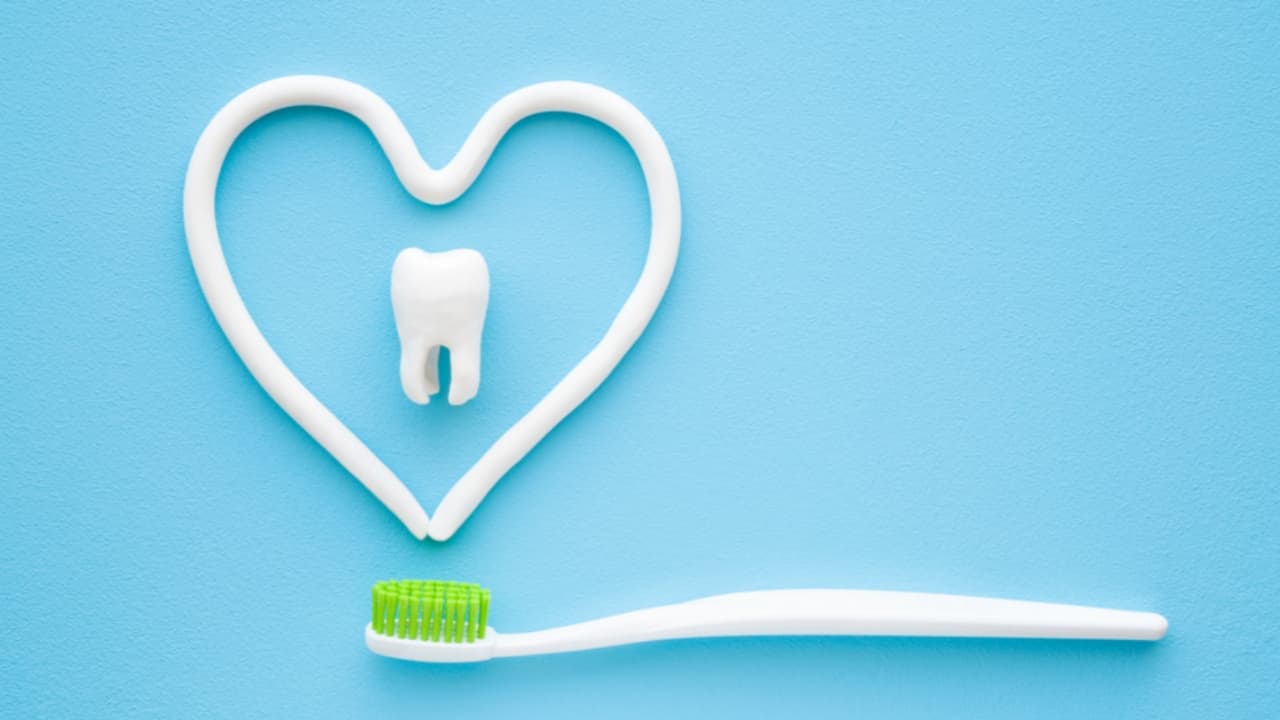Care for Dental Sensitivity and Toothpaste: The first step in dental sensitivity care is to identify the cause. If the sensitivity is due to exposed dentin, several steps can be taken to help to reduce the sensitivity. These include:
- Using a very soft bristle toothbrush.
- Brushing correctly to help to prevent abrasion of the enamel and recession of the gums.
- Using fluoride toothpaste specially formulated to help to reduce sensitivity.
- The dental professional can (i) apply a fluoride varnish on the sensitive areas to help to strengthen the tooth, (ii) prescribe high fluoride toothpaste to use every day, and (iii) place a dental restoration to build up the areas that have lost enamel.
Fluoride Toothpaste
Fluoride toothpaste makes up more than 95% of all toothpaste sales. It is well recognized that the decline in the prevalence of dental caries recorded in most industrialized countries over the past 30 years can be attributed mainly to the widespread use of toothpaste that contains fluoride. Investigations into the effectiveness of adding fluoride to toothpaste have been carried out since 1945 and cover a wide range of active ingredients in various abrasive formulations. Fluoride compounds and their combinations which have been tested for the control of dental decay include sodium fluoride, stannous fluoride, sodium monofluorophosphate, and amine fluoride.
Amount of Fluoride in Toothpaste
The amount of fluoride contained in fluoride toothpaste should be indicated on the toothpaste tube, although this information may sometimes be hard to locate. It may appear after the label “Active ingredient” or as a component under “Ingredients” on the toothpaste tube. Whereas previously fluoride content was given as a percent of volume (% w/v) or weight (% w/w), it is now accepted that the most efficient method of informing people of the amount of fluoride in toothpaste is to give the “parts per million” fluoride (ppm F). Most manufacturers now give fluoride content in ppm F. Under EU Directive 76/768/EEC, toothpaste is classified as a cosmetic product. EU Directives governing cosmetic products prohibit the marketing of cosmetic products (including toothpaste) with over-the-counter levels of fluoride greater than 1,500 ppm F. Fluoride toothpaste are more effective at preventing tooth decay at higher fluoride concentrations. If needed for therapeutic reasons, toothpaste containing more than 1,500 ppm F (e.g. 2,800 ppm F) is available but may be obtained only with a prescription.
Fluoride Toothpaste for Children
Because young infants and children under age 2 years can swallow most, if not all, of the toothpaste when brushing, there has been concern that the use of fluoride toothpaste containing 1,000-1,500 ppm F could give rise to enamel fluorosis of the front permanent incisors. Enamel fluorosis is a condition that can vary from minor white spots to unsightly yellow/brown discoloration of the enamel due to excessive intake of fluoride. In response to the concern over enamel fluorosis, some manufacturers now market low fluoride “children’s” or “pediatric” toothpaste containing less than 600 ppm fluoride. The effectiveness of these low fluoride “children’s” or “pediatric” toothpaste in preventing caries has not been established. What has been shown by several systematic reviews is that toothpaste with a low fluoride concentration of 250 ppm F is less effective than toothpaste with the standard 1,000-1,500 ppm F at preventing caries in permanent teeth.
Make sure you also check our other amazing Article on : Tooth Sensitivity
